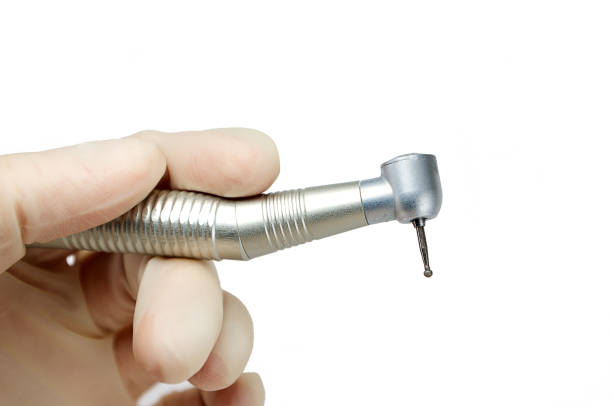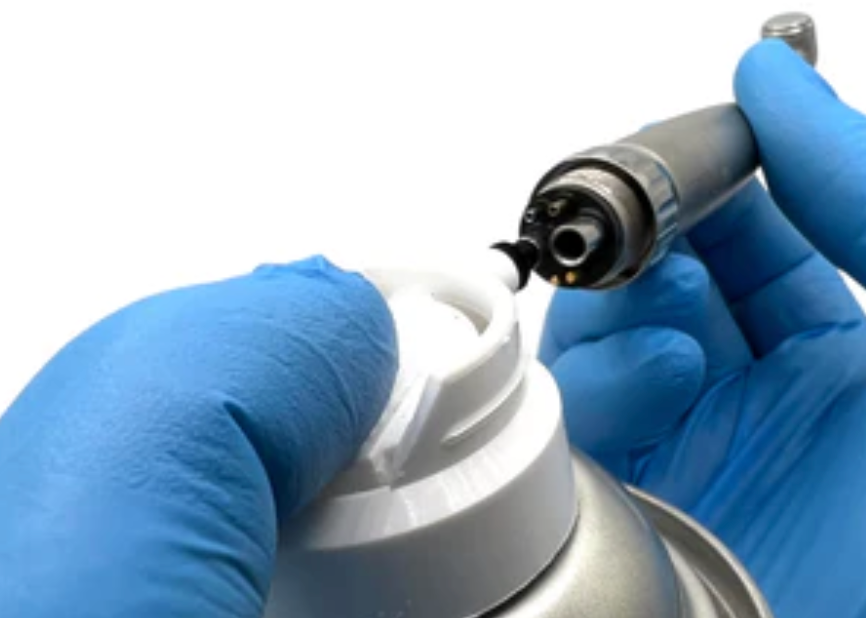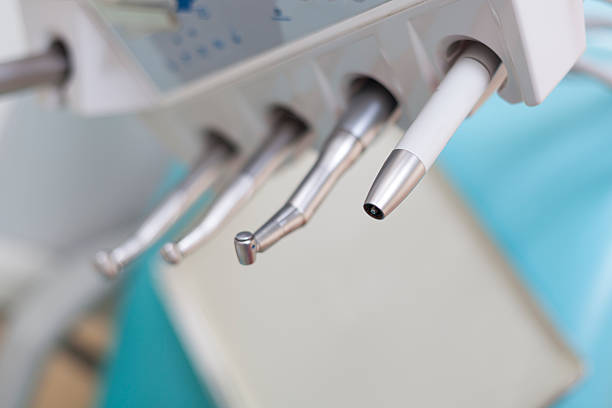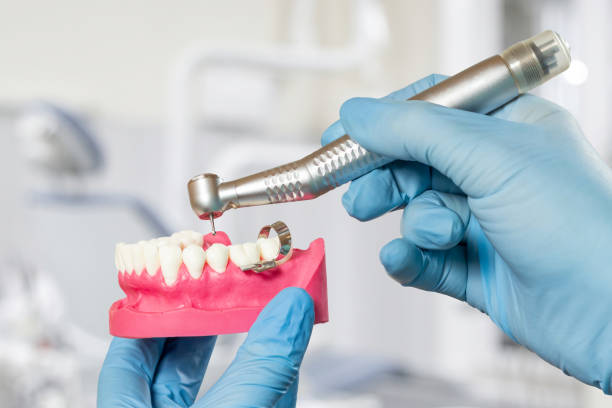Dental rotary tools and accessories are essential for performing a wide range of dental procedures, from simple cleanings to complex surgeries. However, like any tool, these devices are subject to wear and tear and can develop common issues over time. In this article, we will explore some of the most common issues that dental professionals may encounter when using rotary tools and accessories, and provide tips for troubleshooting and resolving these issues.
Vibration Or Wobbling In A Dental Handpiece
One common issue that dental professionals may encounter is vibration or wobbling in a dental handpiece. This can be caused by a variety of factors, including worn bearings, a damaged chuck mechanism, or a bent or unbalanced bur. To diagnose the cause of the vibration, it may be necessary to disassemble the handpiece and inspect each component for damage or wear. Once the issue has been identified, the appropriate repairs or replacements can be made to resolve the issue.

Overheating In Dental Burs
Another common issue that dental professionals may encounter is overheating in dental burs. This can be caused by a variety of factors, including friction from high-speed rotation, a lack of lubrication, or a buildup of debris in the bur. To prevent overheating, it is important to use the appropriate lubrication and cooling techniques and to regularly clean and maintain dental burs to prevent debris buildup.

Issues With The Chuck Mechanism
Issues with the chuck mechanism in a dental handpiece can also be a common problem. This can be caused by wear and tear on the chuck or a buildup of debris in the mechanism. To resolve this issue, it may be necessary to disassemble the handpiece and clean or replace the chuck mechanism as needed.
Proper maintenance and care of dental burs is also essential to prevent issues and extend their lifespan. This includes regular cleaning and lubrication, as well as proper storage and handling techniques. It is also important to use the appropriate bur for each procedure and to avoid using burs that are damaged or worn.
Low Torque Or Power In A Dental Handpiece
Low torque or power in a dental handpiece can also be a common issue. This can be caused by a variety of factors, including worn or damaged bearings, low air pressure, or a buildup of debris in the handpiece. To troubleshoot this issue, it may be necessary to inspect the handpiece and accessories for damage or wear, and to ensure that proper air pressure and lubrication techniques are being used.
Noise Or rattling In A Dental Handpiece
Noise or rattling in a dental handpiece can also be a common issue. This can be caused by a variety of factors, including worn bearings, a damaged chuck mechanism, or a bent or unbalanced bur. To resolve this issue, it may be necessary to disassemble the handpiece and inspect each component for damage or wear, and to make the appropriate repairs or replacements.
Tips for Preventing and Resolving Overheating, Vibration, and Chuck Mechanism Issues

Proper lubrication and cleaning techniques are also essential to prevent issues with dental handpieces and burs. This includes regular cleaning and lubrication of handpieces and accessories, as well as proper storage and handling techniques. It is also important to use the appropriate lubricant for each device and to avoid using products that are not approved for use with dental tools.
Balancing dental burs and handpieces can also be important to reduce vibration and improve performance. This may involve adjusting the balance of the handpiece or bur, or using specialized balancing tools to ensure that the device is operating at peak performance.
Finally, issues with the air compressor or other accessories can also affect the performance of dental rotary tools. To troubleshoot these issues, it may be necessary to inspect each accessory and ensure that it is functioning properly and is compatible with the device being used.
Conclusion
In conclusion, dental professionals may encounter a variety of issues when using rotary tools and accessories. By understanding the common causes of these issues and implementing proper maintenance and care techniques, dental professionals can ensure that their devices are operating at peak performance and providing the best possible care for their patients.



